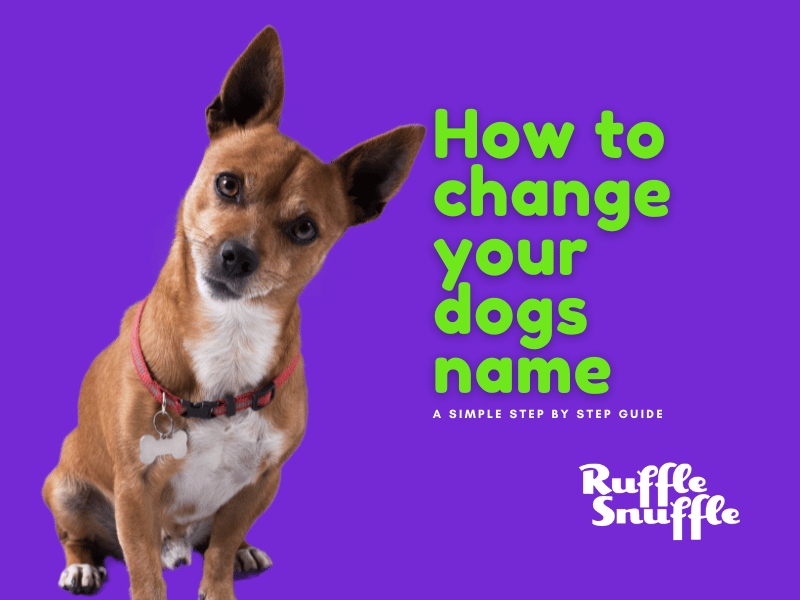How to change your dog's name - A step by step guide
New Beginnings: A Step-by-Step Guide to Renaming Your Canine Companion
Changing a dog's name isn't just about altering a label; it's about weaving a new narrative, transforming bonds, and sometimes, marking a fresh start. While some might argue that a dog's name is merely a convenience for humans, it stands as a vital tool in communication and strengthening companionship between dog and owner.
Reasons for Changing Your Dog's Name
The choice to change a dog's name can be driven by various factors. Here are a few common reasons:
- Complexity and Memorability: If a dog's name is hard to pronounce or remember, it can hinder the bonding process.
- Fresh Start: Adoption often represents a new lease on life, and a new name can symbolise this beginning.
- Behavioural Reframing: Introducing a new name can be a component of training or behavioural modification programs, marking a shift towards positive change.
- Shedding the Past: For dogs with difficult backgrounds, a new name can help distance them from negative experiences.
How to Effectively Change Your Dog's Name
Here's a structured approach to renaming your furry friend:
- Choose a New Name: Select a name that’s easy to pronounce, ideally with one or two syllables, ensuring it's distinguishable from standard commands.
- Introduce the New Name Positively: Start by saying the new name and immediately follow up with something enjoyable, like a treat or a firm 'yes', to create a positive association.
- Use Positive Reinforcement: Whenever your dog responds to the new name, reward this acknowledgment with treats, praises, or pats, reinforcing the connection.
- Be Consistent and Patient: Changing a name requires patience. Consistently use the new name in various tones and settings, ensuring all household members do the same.
Common Challenges in Name Change
- Transition Confusion: Initially, your dog might be confused, not realising you're addressing them.
- Reverting Habits: It's easy to accidentally revert to the old name out of habit, which may confuse your dog.
- Resistance Overcoming: Dogs with a strong attachment to their previous name might show resistance, requiring extra patience and consistency.
Real-Life Success Stories
- Rocket's Lift Off: Once known as Biscuit, Rocket, a rescued Greyhound, embraced his new identity with vigour, reflecting his energetic spirit and developing a strong bond with his new family.
- From "Killer" to "Kip": The renaming of a Great Dane from Killer to Kip marked the end of a sad past and the beginning of a nurturing environment filled with love and care.
- Pomeranian's Transformation: Princess’s change to Penny played a significant role in her training regime, adopting a positive reinforcement method that worked wonders.
- Bruiser to Bear: This Mastiff mix’s name change to Bear was a pivotal moment in rehabilitating and realigning perceptions, emphasising his gentle nature over his intimidating appearance.
Additional Tips for a Smooth Transition
- Avoid Negative Associations: Don't use the new name during scoldings. You want the name to evoke purely positive experiences.
- Consistency Is Key: Apply the name change across all contexts to avoid confusion.
- Professional Guidance: Sometimes, professional trainers can offer personalised advice based on the dog's unique behavioural nuances.
Conclusion
Ultimately, renaming your dog is a significant gesture, signalling a new chapter or a milestone in their life — and yours. Through patience, positive reinforcement, and consistency, your dog will soon wag its tail proudly at the sound of their new name. Remember, it's not just about changing a name; it’s about crafting a fresh identity and reinforcing the incredible bond you share with your canine companion.

